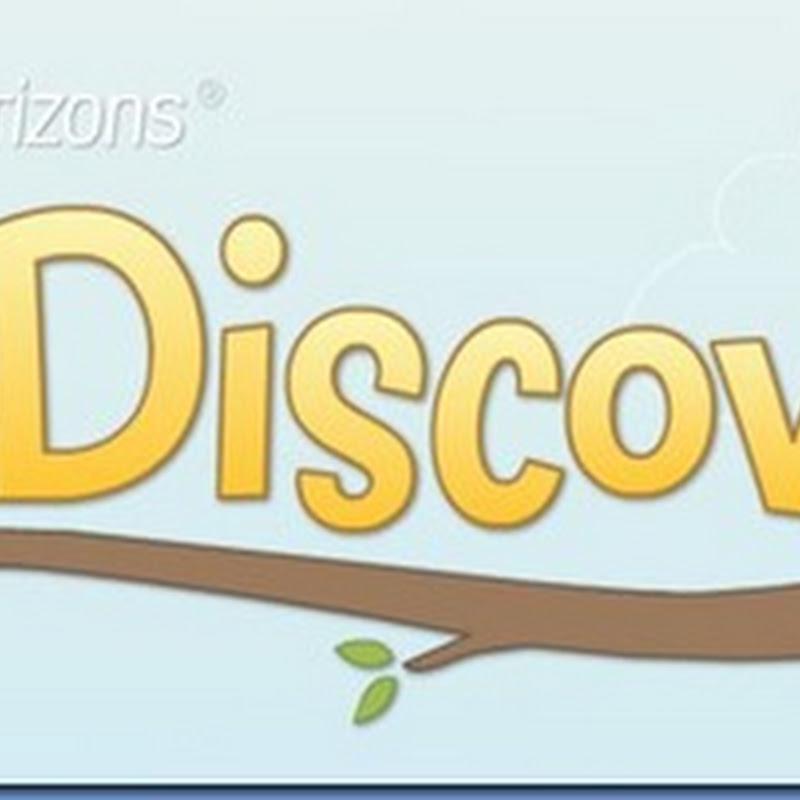OBJECTIVES: |
Students use a worksheet to compare fresh
water with salt water.
|
BACKGROUND: Globes usually don't distinguish between fresh water and salt water, everything is colored blue! But there is a big difference between salt and fresh water. We cannot drink salt water and you certainly would not want to wash clothes or your hair in it. Fresh water is the fluid that our body needs. Discuss with students that most of the fresh water bodies are small and form lakes or rivers. Fresh water needs to have newly precipitated water to be salt free. Older lakes, like the Great Salt Lake in Utah, have more evaporation than precipitation and are considered salt lakes.
PROCEDURE:
- Give students inflatable globes and have them locate different water masses. Make a list on the board as they tell you if a water mass is fresh or salty. The list should look similar to the one below.
FRESH WATER
|
SALT WATER
|
| Lake Superior,
USA
Lake Michigan, USA Lake Huron, USA Lake Erie, USA Lake Ontario, Canada any local lakes |
Pacific Ocean
Atlantic Ocean Indian Ocean Arctic Ocean Salt Lake, Utah |
- Students may have trouble reading the oceans, seas, and lakes but it’s never too young to learn geographic locations. You may want to tell students that ice is only made of water without the salt. The ice in the Arctic and Antarctica is salt free.
- You may want to point out the 4 major oceans including the Atlantic, Pacific, Indian, and Arctic. Remember that the limits of the oceans are arbitrary, as there is only one global ocean.
- Students may ask what are the smaller salty water areas called. The term sea is used to refer to smaller bodies of salt water like the Mediterranean Sea or the Red Sea. However, historically the term sea can also mean the larger oceans. The “Seven Seas” refers to bodies of water known to explorers in the fifteenth century.
- The worksheet shows the eastern part of the United States. Instruct students to color the fresh water lakes (the Great Lake region) a different color blue than the Atlantic Ocean which is salt water. (he used purple because he "couldn't find the right blue ;)" Color the land brown or green and have them label Atlantic Ocean, Gulf of Mexico, and Great Lakes. A gulf is a protected arm of an ocean.
Labs like this help give a child something new to think about the helps 'get-the-wheels-turning.' After we were done junior staying in the classroom and stared at our USA map and his globe for a half hour before preceding on to the next subject. Allow your children to do this, ask questions, and pursue learning from which you know you have their full attention because its a topic they're really interested in.
*Find this lab and more at I.ScienceMaTe
Jenna























